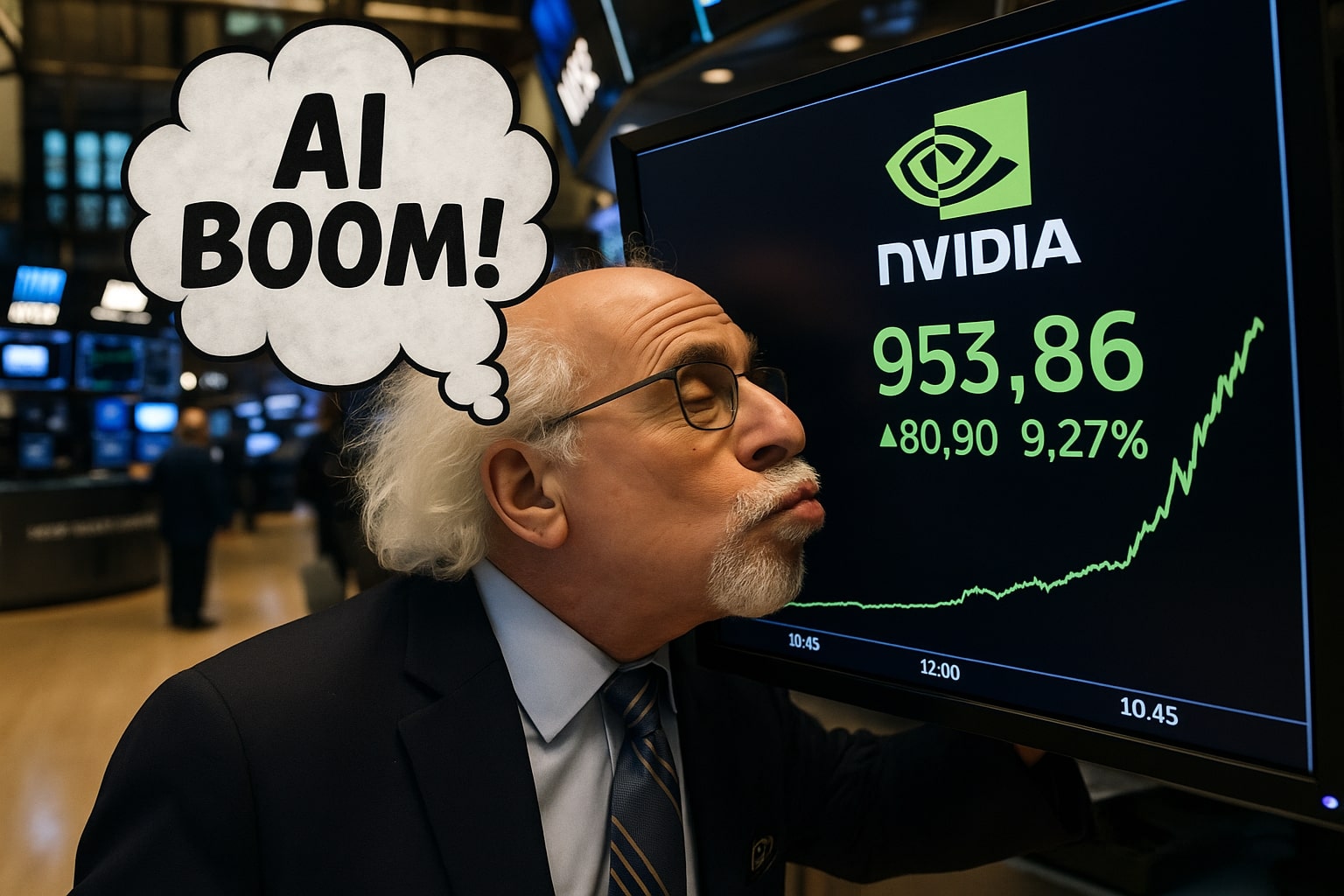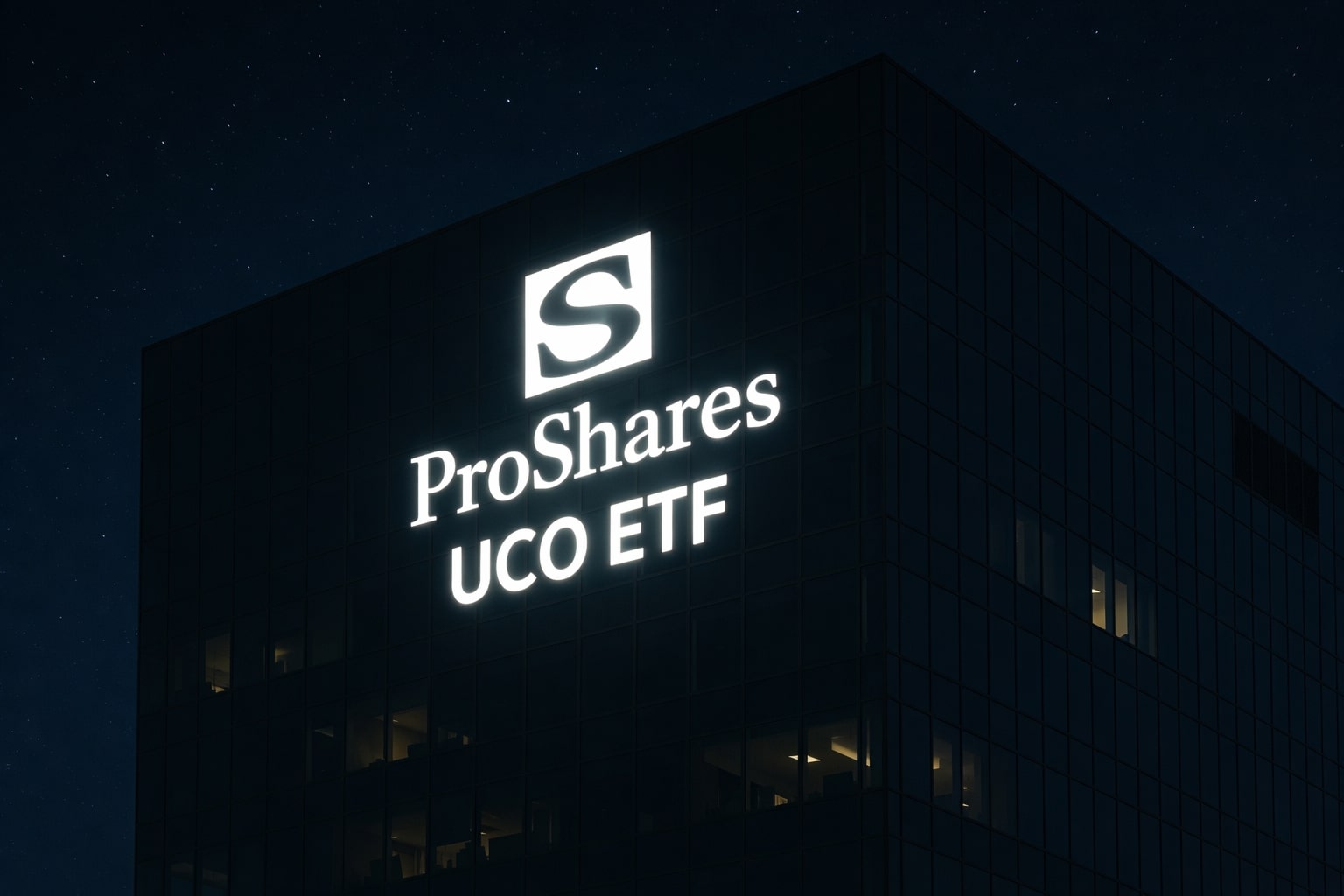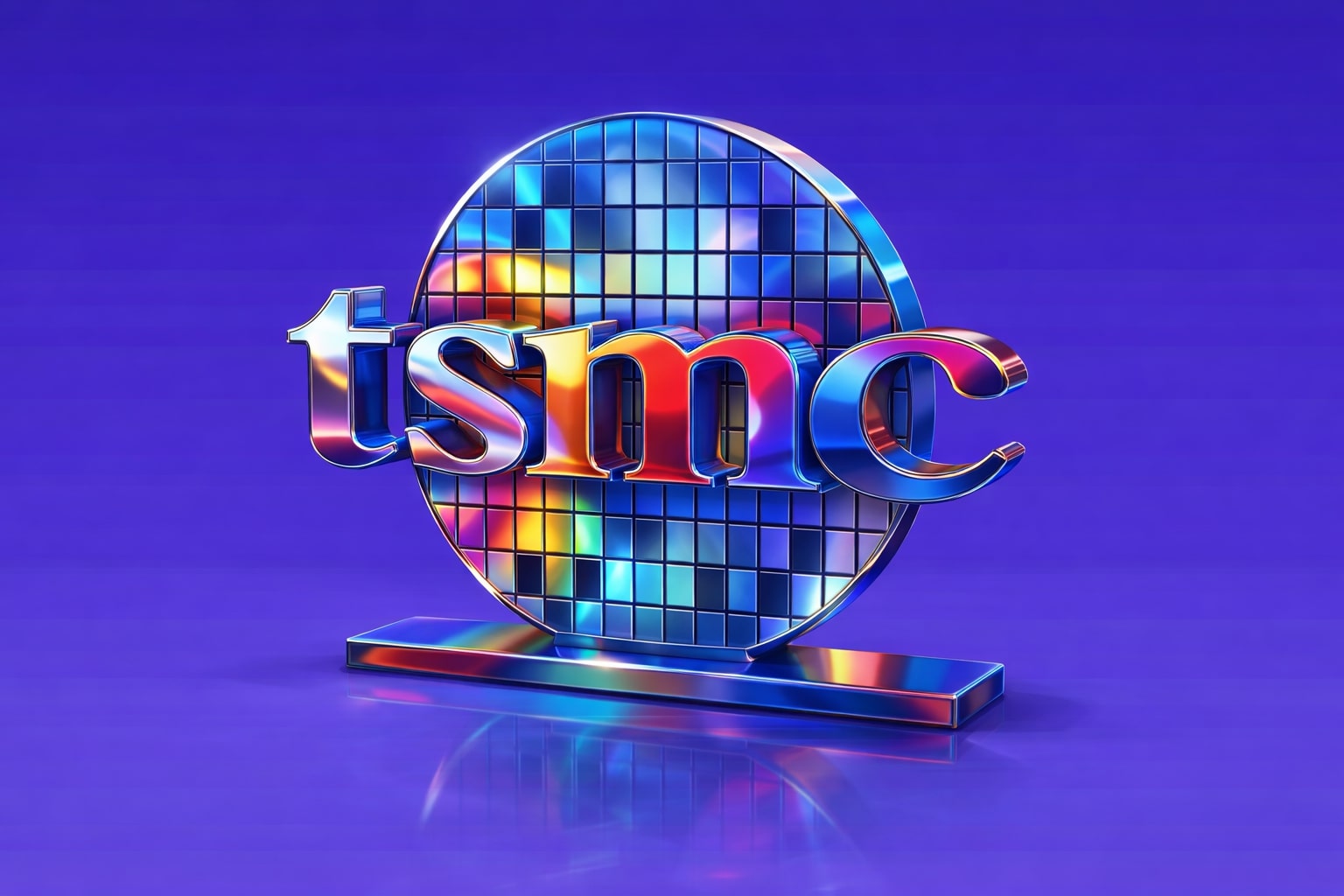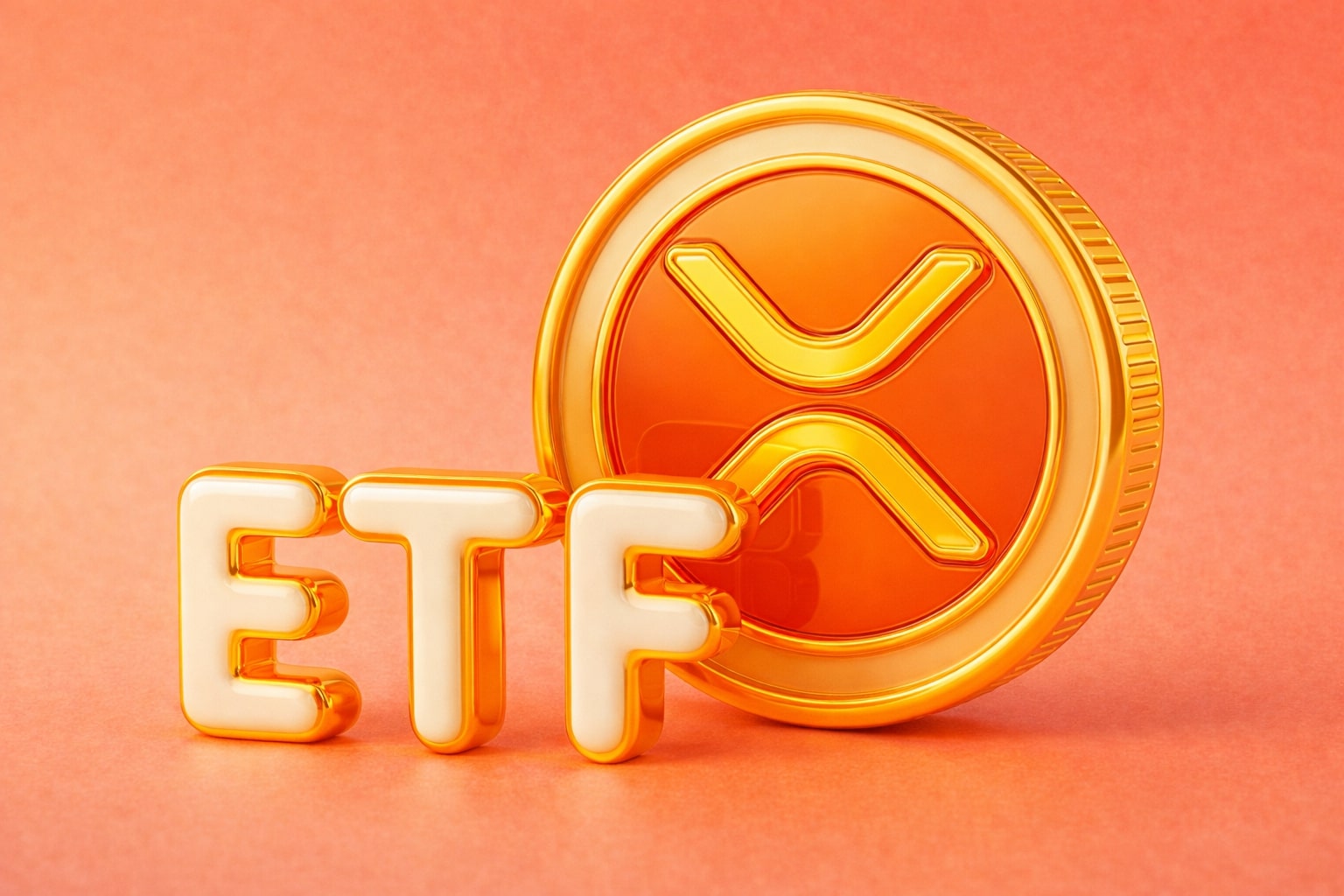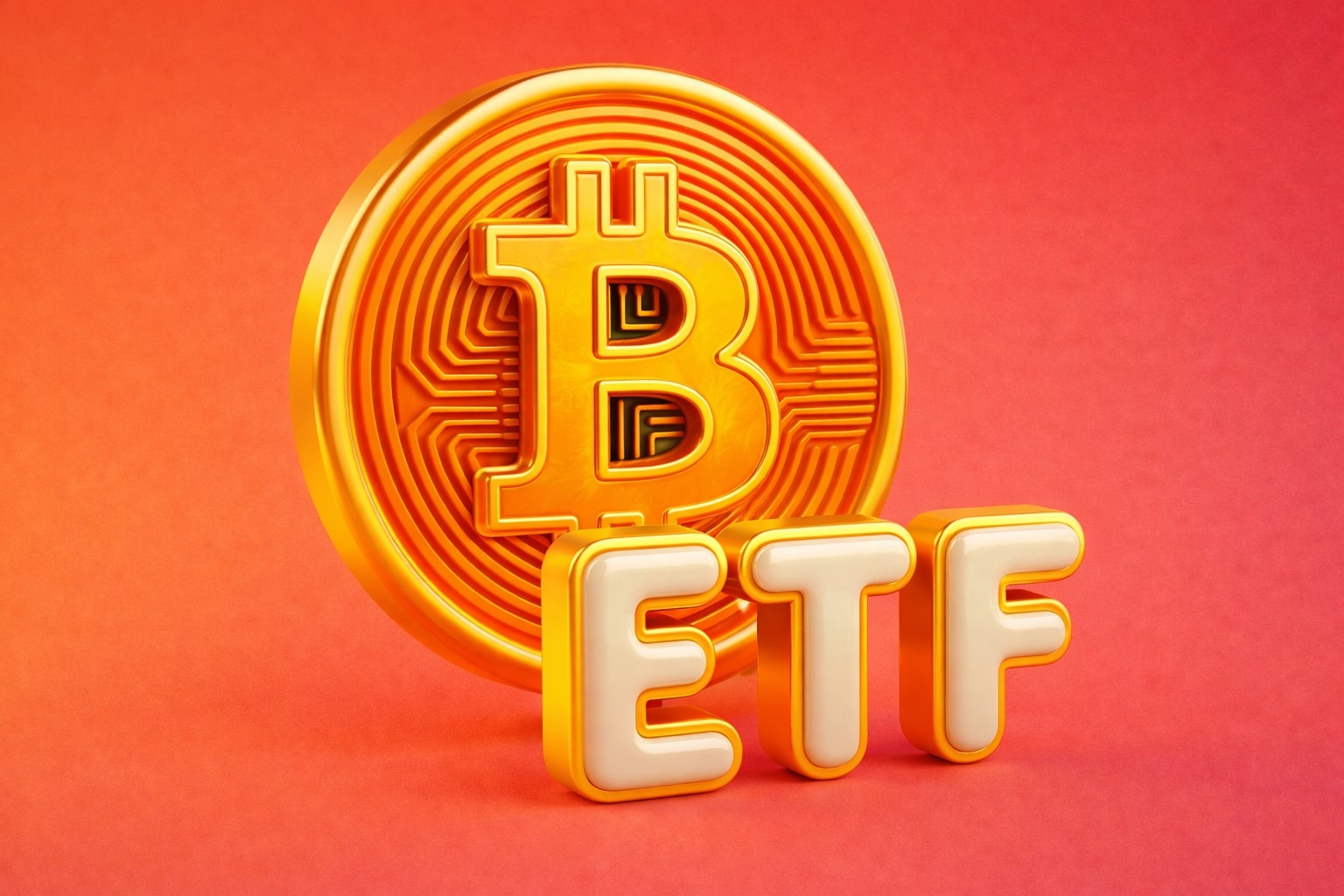Nasdaq Climbs Ahead of Nvidia (NVDA) Earnings as AI Demand Meets Trade Shockwaves
Markets are entering a pivotal moment as the Nasdaq Composite (^IXIC) jumped 2.47%, fueled by intense anticipation surrounding Nvidia’s (NASDAQ:NVDA) earnings. With Wall Street betting on continued AI-driven momentum, NVDA’s results are seen as a litmus test for Big Tech’s ability to power through mounting macro stress. The chipmaker is projected to deliver $18.2 billion in net income this quarter, but U.S. restrictions on its H20 AI processors in China have led to a $5.5 billion inventory charge, creating a serious supply-side dilemma. Nvidia has become a symbol of AI optimism—yet its execution amid regulatory headwinds will determine whether the broader tech trade remains intact.
Tariff Delay Triggers Market Surge but Fiscal Reckoning Lurks Behind the Optimism
President Trump’s announcement that the planned 50% EU import tariffs will be postponed until July 9 ignited a powerful relief rally across the major indices. The Dow Jones Industrial Average (^DJI) rocketed 740 points higher (+1.78%), while the S&P 500 (^GSPC) gained 2.05%, and the Nasdaq led with a 2.47% surge. However, this rally masks deep structural risks. The latest version of Trump’s tax bill—set to add $4 trillion to U.S. debt—has triggered anxiety in the Treasury market. Long-term yields are climbing, with the 30-year Treasury (^TYX) recently hitting 4.94%, reflecting fiscal fears, inflationary risk, and a brewing political storm over spending.
Federal Reserve’s Balancing Act as Tariffs Stir Long-Term Inflation Concerns
Minutes from the Fed’s May meeting are expected to shed light on how central bankers are interpreting the inflationary surge triggered by tariffs. Minneapolis Fed President Neel Kashkari has taken a hawkish stance, warning that “tit-for-tat tariff increases” could lead to persistent price pressures. The central bank has so far held rates steady, but sentiment is increasingly divided. With the April PCE inflation data due Friday and consumer sentiment data from the University of Michigan also on deck, policymakers are under growing pressure to either tolerate temporary price spikes or preempt longer-term inflationary trends by tightening policy.
Bond Market Flashes Red as Long-Dated Yields Signal Fiscal Stress
The Treasury market is quietly sounding alarms that equity bulls have ignored. The 30-year yield (^TYX), which touched 5.15% last week, remains elevated and threatens to climb further as the U.S. budget outlook deteriorates. With the “Big Beautiful Bill” passing the House, markets are digesting sweeping tax cuts with minimal corresponding spending cuts—deepening concerns about structural deficits. Eric Winograd of AllianceBernstein warns that the yield curve is poised to steepen, with sticky long-term rates challenging equity valuations, particularly in the growth-heavy Nasdaq. If yields stay above 4.9%, it could compress multiples across sectors.
Consumer Confidence Surges But Spending Behavior Hints at Underlying Strain
Consumer confidence unexpectedly rebounded in May, rising from 85.7 to 98, its highest point in five months. The expectations index soared to 72.8, up sharply from 55.4 in April. Yet while sentiment improved, spending patterns are shifting: households are saving more and postponing major purchases. This signals uncertainty about income durability, even as stock markets celebrate short-term gains. A strong jobs market and delayed tariffs may be masking a broader consumer recalibration that could weigh on Q2 retail earnings and GDP.
Nvidia (NVDA) Dominates Wall Street’s Focus as AI Capacity Becomes a Global Risk Metric
With earnings due after the bell, Nvidia (NVDA) holds the key to sustaining market optimism. The chip giant's Blackwell AI chips, boasting 20,000 FLOPS, vastly outpace its prior-gen Hopper chips with 2,958 FLOPS. This technological leap explains the 700%+ gain in NVDA shares since late 2022. But geopolitical risks threaten to derail this growth: with China off-limits for certain product lines, the company must find new high-volume customers. Institutional traders are betting on massive post-earnings volatility, as shown by elevated options premiums. If Nvidia maintains guidance and shows progress in reallocating unsellable inventory, the rally could extend.
Okta (OKTA), Box (BOX), and Vail Resorts (MTN) Deliver After-Hours Surprises
Among the notable post-close movers, Okta (NASDAQ:OKTA) dropped over 12% after reiterating its full-year forecast despite exceeding Q1 expectations. Investors punished the lack of guidance upgrade amid macro concerns. Conversely, Box (NYSE:BOX) soared 10%, as stronger-than-expected Q1 earnings and raised guidance signaled robust demand for enterprise storage solutions. Vail Resorts (NYSE:MTN) surged over 9% after announcing that former CEO Rob Katz would return, raising investor hopes for renewed operational focus in its core ski resort business.
Trump Media (DJT) Goes Crypto as Traditional Investors Retreat
Trump Media & Technology Group (NASDAQ:DJT) unveiled a plan to raise $2.5 billion to build one of the largest bitcoin treasuries among public firms. The offering includes $1 billion in convertible notes and $1.5 billion in equity, with proceeds earmarked for BTC accumulation and platform expansion. Despite Bitcoin (BTC-USD) hovering near $110,000, DJT shares plunged over 10%, suggesting investor unease with the firm’s pivot from media to crypto asset management. The move introduces volatility and exposes DJT to regulatory risk—diverting attention from core monetization strategies at Truth Social and Truth+.
Tesla (TSLA) Pops as Elon Musk Doubles Down Despite EU Sales Collapse
Tesla (NASDAQ:TSLA) jumped 6.94%, helped by Musk’s renewed promise to focus on Tesla, xAI, and Starship. However, beneath the rally lies trouble: April EV registrations in Europe fell 49% YoY to just 14,228 units, even as the overall European EV market grew 34.1%. Tesla is losing ground to rivals like BYD and Volkswagen in the continent. Investors welcomed Musk’s shift back to Tesla’s front lines, but the sales collapse could pressure upcoming quarterly delivery figures. Watch for June data as the next inflection point.
Futures Signal Soft Open as Traders Await Fed Minutes and Earnings Clarity
Stock futures wavered early Wednesday, with E-Mini S&P 500 (ES=F) at 5,922.25 (-0.20%), Nasdaq 100 futures (NQ=F) down 0.19%, and Dow futures (YM=F) slipping 0.23%. Treasury yields rose modestly while the WSJ Dollar Index fell slightly to 95.81. These muted moves reflect investor hesitation ahead of key catalysts: Nvidia’s earnings and the Fed minutes. The trade outlook remains unresolved despite the EU tariff delay, and Canada is now in high-level talks with the U.S. to sidestep future tariff shocks.
Strategic Ratings: Buy, Sell, Hold Decisions Backed by Market Math
NVDA – BUY: Despite export setbacks, Nvidia’s AI dominance and margin profile justify long-term upside, especially if management provides solid forward visibility.
TSLA – HOLD: Musk’s return is bullish, but plunging EU demand raises medium-term concerns. Wait for June registration figures before adding.
DJT – SELL: Bitcoin treasury strategy introduces severe risk without clear cash flow benefit. Price momentum can’t sustain this pivot.
OKTA – UNDERWEIGHT: No forward guidance upgrade signals management uncertainty. Avoid until macro clarity improves.
BOX – BUY: Outperformance in cloud storage with raised guidance makes it a safer growth bet in uncertain times.
S&P 500 – NEUTRAL/CAUTIOUSLY BULLISH: Tariff delays helped, but bond market stress and fiscal risks could reverse gains.
Nasdaq – BULLISH (SHORT TERM): Driven by NVDA momentum, but vulnerable if earnings disappoint or yields spike.














